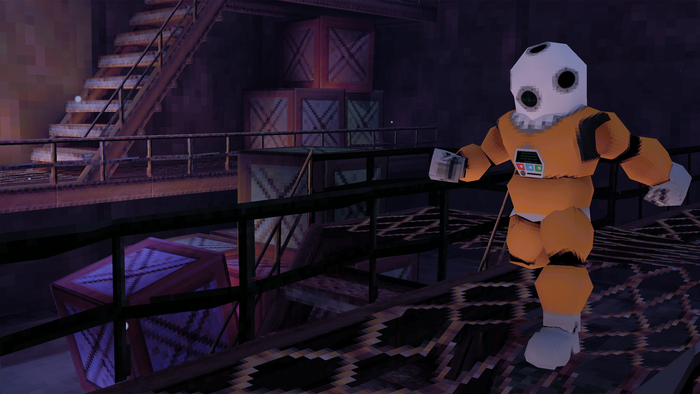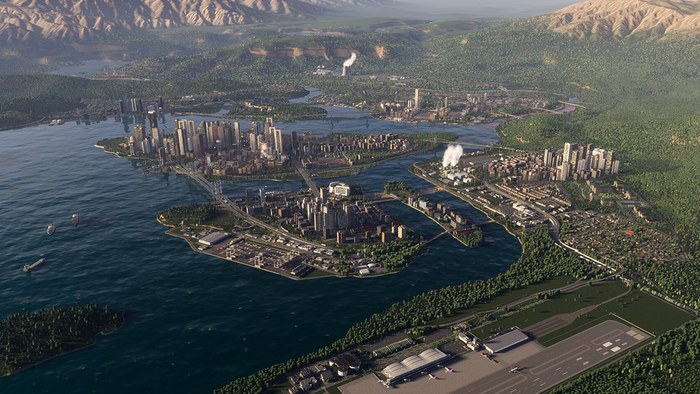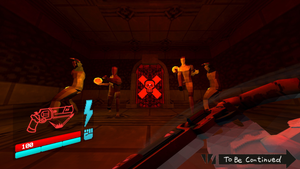Epic hosted its usual 'State of Unreal' briefing at GDC today, and the big news for Unreal devs seems to be a new online services SDK, ray tracing support, and a big upcoming "Chaos" physics system.

Epic Games hosted its usual "State of Unreal" briefing at GDC today, and the big news for Unreal Engine 4 developers seems to be a new online services SDK, ray tracing support, and an upcoming "Chaos" physics system.
Driven by Epic's experiences building out Fortnite across multiple platforms, the new online services SDK offers Unreal developers a platform-agnostic set of game networking tools that span everything from voice comms tech to analytics and matchmaking.
The engine itself also gets an update, as devs should now be able to access the preview version of Unreal Engine 4.22. Epic says a final release is due in two weeks, and touts new multi-user collaboration features, performance improvements, and ray tracing as the top new features.
While ray tracing remains demanding enough that only a minority of PC game players own hardware capable of taking advantage of it, that number is growing, and Epic CTO Kim Libreri promises implementing the new system should be seamless.
"The new ray tracing system is completely compatible with our old streaming model, so assets that were built in other projects, you can take them and light them up with ray tracing and it just works," Libreri told Gamasutra earlier this week. "So there's not really a lot of backwards-compatibility problems. Education for the artists is easy, because it's actually easier to ray trace than it is to rasterize."
Even if you know none of your players will be able to run a ray traced game (say, if you're making a console game), Epic claims the new system will bring you some new tools and performance upgrades.
"One of the things we've put in the system is what we call a ground truth path tracer," Libreri said. "So a lot of the time, say you're making a modern console game, you're not gonna ray trace on that hardware. But what you can do is go into path tracer mode, look at a reference image of what it would look like if it was ray traced, and then you can fake it because you know what the scene should look like."
And if you just want an upgrade without having to do any work? "The other side effect of building out this ray tracing stuff is that we had to re-architect a lot of the underlying engine systems for rendering, so the engine is now actually faster than it was," Libreri continued.
"So even if you're just using rasterizing, the engine is some percentage faster. I don't know what the specific percentage is, but it's good, and the number of draw calls we can handle now is much bigger as well. So it actually was worth doing for existing games. So an existing game built on Unreal Engine 4, if they take these new updates and recompile, they should get some benefits from it."
On the physics front, Libreri promises that a new "Chaos" physics system will be previewed in Unreal Engine 4.23 that's much more capable of handling real-time destruction on a large scale, with a revamped interface aimed at making everything easier to implement.
"We're trying to make it so that everything can be done within Unreal Engine. So fracturing the building, setting up the physical properties, etc, can all happen within the engine," Libreri said. "So there's going to be a whole new class of tools for setting that stuff up, assigning all the properties, running the simulations. If you want to bake a simulation because it's going to have to play on a PlayStation and you can't possibly have a whole building interactively destroy itself, that'll be there."
"But it's just new tools, and we're going to try and make them very nice and simple to use," he continued. "In fact, if anything, there's a lack of predictability with the current physics systems in the engine that we're superseding with this stuff. So one of the goals was more scalability, so you can scale on really high-end hardware; more intuitiveness, more predictability, and more realism. So all these things actually make it easier to use physics in a game."
While the Chaos physics system will make its 4.23 debut with support for rigid-body dynamics and integration with the engine's new Niagara particle system, Libreri says Epic already has plans for what to update it with as it moves towards a final release.
"What we'll do over the next year is we'll put vehicles on this system, we'll add rag doll as well, that needs to be put in there," he added. "But yeah, it's cool! We just want to see what people do with it, and help them take it to the next level."
Read more about:
event gdcAbout the Author(s)
You May Also Like









